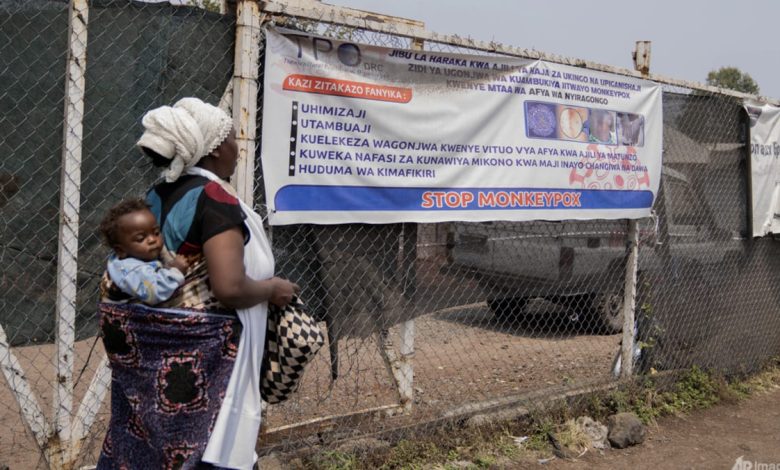Low immediate risk of mpox, but Singapore likely to see cases due to global connectivity: Ong Ye Kung

Ten cases of mpox, formely known as monkeypox, were detected in Singapore as of Jul 27 this year, while there were 32 cases in 2023, with MOH confirming on Thursday that all cases in Singapore have been the milder clade II strain.
Singapore’s Health Ministry added on Thursday the immediate public health risk to the country is low and that precautionary measures are in place.
On the handling of mpox when it arrives, Mr Ong said there are several key parameters Singapore is taking into account.
“There are several strains, one major strain that we’ve been encountering that’s called clade II. Clade II has a fairly low case fatality rate, about 0.2 per cent,” he added, which means there are two deaths out of every 1,000 people who are infected.
“It is not very, very high compared to other endemic diseases that we’ve been dealing with.”
Mr Ong, however, acknowledged that the clade I strain is the one that is spreading in Africa, with fatality rate around 3.5 per cent to 4 per cent, while the clade Ib variant is lower at 0.7 per cent.
“Of course, these are numbers recorded from Africa … Africa has many healthcare challenges, and coming to Singapore, with our healthcare system and our ability to treat the cases, we hope we can bring it down significantly,” he said.
Mr Ong noted children in Africa are not vaccinated against smallpox, which acts against mpox, so there are a “disproportionate number of children below 15” who are infected and succumb to the disease, and as such, this is “something we need to watch out for”.
On clade II’s low transmission, he said it was mostly among “people who are engaged in high-risk sexual activities”.
While Clade I has “gone beyond that” as it has spread to children, indicating close-contact transmission, there is “no evidence to show that it is spreading like Covid, where it can spread far and wide through airborne particles”.
“You can think of it maybe a bit like chicken pox. It can spread person to person, especially those living in the same household with close contacts. So that transmissibility (is) likely lower, significantly lower, maybe than COVID-19 and other respiratory diseases,” Mr Ong said.





